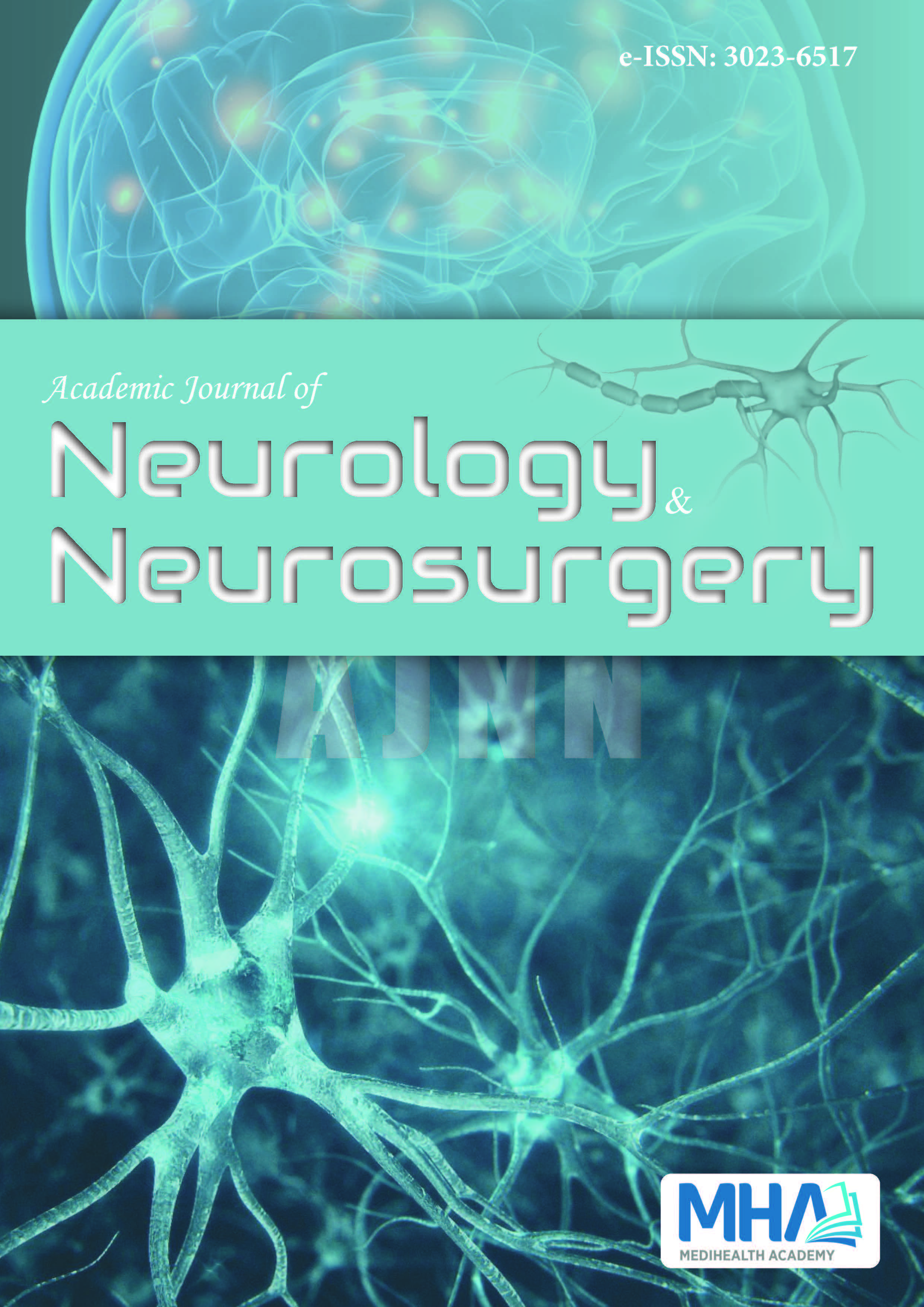1. Ogawa S, Tank DW, Menon R, et al. Intrinsic signal changesaccompanying sensory stimulation: functional brain mapping withmagnetic resonance imaging. Proceed Nat Acad Sci. 1992;89(13):5951-5955. doi: 10.1073/pnas.89.13.5951
2. Calautti C, Baron JC. Functional neuroimaging studies of motorrecovery after stroke in adults: a review. Stroke. 2003;34(6):1553-1566.doi: 10.1161/01.STR.0000071761.36075.A6
3. Ashtari M, Perrine K, Elbaz R, et al. Mapping the functional anatomyof sentence comprehension and application to presurgical evaluation ofpatients with brain tumor. Am J Neuroradiol. 2005;26(6):1461-1468.
4. Bandettini PA. Twenty years of functional MRI: the scienceand the stories. Neuroimage. 2012;62(2):575-588. doi: 10.1016/j.neuroimage.2012.04.026
5. Murphy K, Birn RM, Bandettini PA. Resting-state fMRI confoundsand cleanup. Neuroimage. 2013;80:349-359. doi:10.1016/j.neuroimage.2013.04.001
6. Dodick DW, Schembri CT, Helmuth M, Aurora SK. Transcranialmagnetic stimulation for migraine: a safety review. Headache: J HeadFace Pain. 2010;50(7):1153-1163. doi:10.1111/j.1526-4610.2010.01697.x
7. Chiapparini L, Ferraro S, Grazzi L, Bussone G. Neuroimaging inchronic migraine. Neurologic Sci. 2010;31(S1):19-22. doi: 10.1007/s10072-010-0266-9
8. Schwedt TJ, Chong CD. Functional imaging and migraine. Curr OpinNeurol. 2015;28(3):265-270. doi: 10.1097/WCO.0000000000000194
9. Headache Classification Committee of the International HeadacheSociety (IHS). The International Classification of Headache Disorders,3rd edition (beta version). Cephalalgia. 2013;33(9):629-808. doi:10.1177/0333102413485658
10. Ashina M, Hansen JM, á Dunga BO, Olesen J. Human models ofmigraine — short-term pain for long-term gain. Nat Rev Neurol.2017;13(12):713-724. doi: 10.1038/nrneurol.2017.137
11. Schoonman GG, van der Grond J, Kortmann C, van der Geest RJ,Terwindt GM, Ferrari MD. Migraine headache is not associated withcerebral or meningeal vasodilatation—a 3T magnetic resonanceangiography study. Brain. 2008;131(8):2192-2200. doi: 10.1093/brain/awn094
12. Ashina M, Hansen JM, Olesen J. Pearls and pitfalls in humanpharmacological models of migraine: 30 years’ experience. Cephalalgia.2013;33(8):540-553. doi: 10.1177/0333102412475234
13. Karsan N., Goadsby PJ. Imaging the premonitory phase of migraine.Frontiers Neurol. 2020,11:512238.
14. Skorobogatykh K, van Hoogstraten WS, Degan D, et al. Functionalconnectivity studies in migraine: what have we learned? J HeadachePain. 2019;20(1):108. doi: 10.1186/s10194-019-1047-3
15. Chen Z, Chen X, Liu M, Dong Z, Ma L, Yu S. Altered functionalconnectivity of amygdala underlying the neuromechanism of migrainepathogenesis. J Headache Pain. 2017;18(1):7. doi: 10.1186/s10194-017-0722-5
16. Mainero C, Boshyan J, Hadjikhani N. Altered functional magneticresonance imaging resting-state connectivity in periaqueductal graynetworks in migraine. Ann Neurol. 2011;70(5):838-845. doi: 10.1002/ana.22537
17. Boulloche N, Denuelle M, Payoux P, Fabre N, Trotter Y, GeraudG. Photophobia in migraine: an interictal PET study of corticalhyperexcitability and its modulation by pain. J Neurol NeurosurgPsychiatry. 2010;81(9):978-984. doi: 10.1136/jnnp.2009.190223
18. Arngrim N, Hougaard A, Ahmadi K, et al. Heterogenous migraine aurasymptoms correlate with visual cortex functional magnetic resonanceimaging responses. Ann Neurol. 2017;82(6):925-939. doi: 10.1002/ana.25096
19. Hougaard A, Amin FM, Magon S, Sprenger T, Rostrup E, Ashina M. Noabnormalities of intrinsic brain connectivity in the interictal phase ofmigraine with aura. Eur J Neurol. 2015;22(4):702. doi: 10.1111/ene.12636
20. Amin FM, Hougaard A, Magon S, et al. Change in brain networkconnectivity during PACAP38-induced migraine attacks. Neurol.2016;86(2):180-187. doi: 10.1212/WNL.0000000000002261
21. Van Oosterhout WPJ, van Opstal AM, Schoonman GG, et al.Hypothalamic functional MRI activity in the initiation phase ofspontaneous and glyceryl trinitrate-induced migraine attacks. Eur JNeurosci. 2021;54(3):5189-5202. doi: 10.1111/ejn.15369
22. Lauritzen M, Olesen J. Regional cerebral blood flow during migraineattacks by xenon-133 inhalation and emission tomography. Brain.1984;107(2):447-461. doi: 10.1093/brain/107.2.447
23. Schulte LH, Menz MM, Haaker J, May A. The migraineur’s brainnetworks: continuous resting state fMRI over 30 days. Cephalalgia.2020;40(14):1614-1621. doi: 10.1177/0333102420951465
24. Qin ZX, Su JJ, He XW, et al. Altered resting-state functional connectivitybetween subregions in the thalamus and cortex in migraine withoutaura. Eur J Neurol. 2020;27(11):2233-2241. doi: 10.1111/ene.14411
25. Hougaard A, Amin FM, Larsson HBW, Rostrup E, Ashina M. Increasedintrinsic brain connectivity between pons and somatosensorycortex during attacks of migraine with aura. Hum Brain Mapp.2017;38(5):2635-2642. doi: 10.1002/hbm.23548
26. Schulte LH, Mehnert J, May A. Longitudinal neuroimaging over 30 days:temporal characteristics of migraine. Ann Neurol. 2020;87(4):646-651.doi: 10.1002/ana.25697
27. Schulte LH, May A. The migraine generator revisited: continuousscanning of the migraine cycle over 30 days and three spontaneousattacks. Brain. 2016;139(7):1987-1993. doi: 10.1093/brain/aww097
28. Messina R, Gollion C, Christensen RH, Amin FM. Functional MRIin migraine. Curr Opin Neurol. 2022;35(3):328-335. doi: 10.1097/WCO.0000000000001060
29. Russo A, Silvestro M, Tedeschi G, Tessitore A. Physiopathology ofmigraine: what have we learned from functional imaging? Curr NeurolNeurosci Rep. 2017;17(12):95. doi: 10.1007/s11910-017-0803-5
30. Gollion C, Lerebours F, Nemmi F, et al. Insular functional connectivityin migraine with aura. J Headache Pain. 2022;23(1):106. doi: 10.1186/s10194-022-01473-1
31. Zhang Y, Liu J, Li H, et al. Transcutaneous auricular vagus nervestimulation at 1 Hz modulates locus coeruleus activity and restingstate functional connectivity in patients with migraine: an fMRI study.Neuroimage Clin. 2019;24:101971. doi: 10.1016/j.nicl.2019.101971

